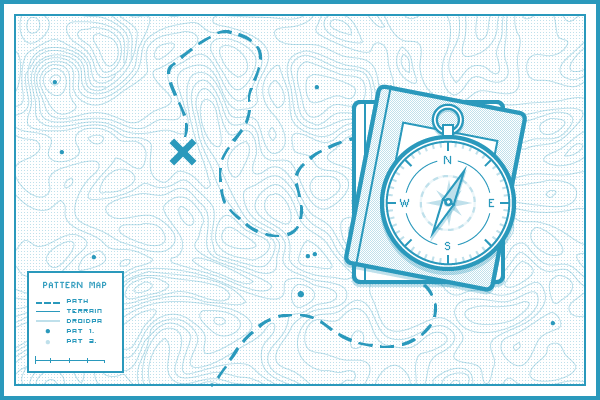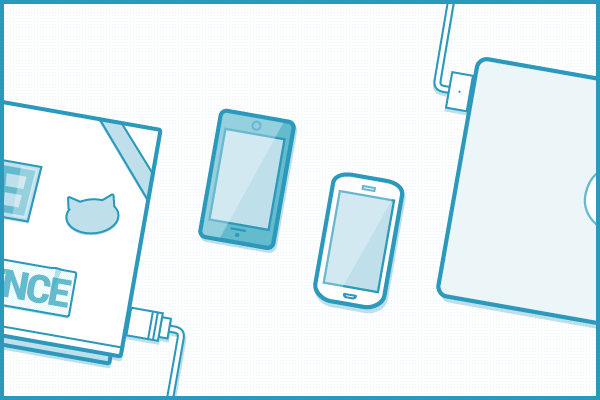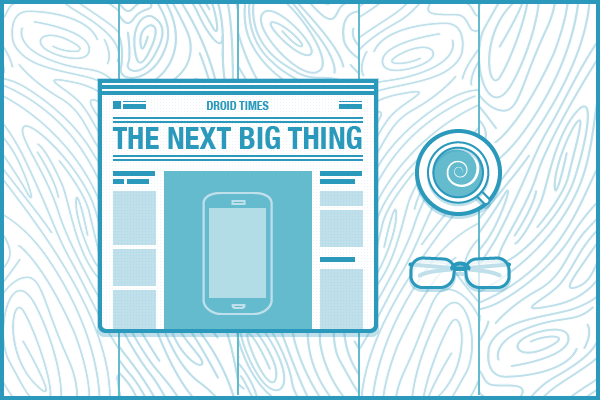Designing for the Android platform isn't easy, especially if you're used to designing for iOS. Is porting your iOS designs to Android a viable option? It's not, and I will tell you why.
The Backstory
Chances are, you got into mobile design so you could make iOS applications. Sooner or later though, you'll find yourself being asked to port an iOS application to Android. Your boss tells you Android has something like 98% of the mobile market—okay, it's about 60%—and it must be supported. "Think of all the people that cannot use our application!" he says. You ponder leaping off the balcony, but instead you decide to give it shot. After all, how hard can it be?
You talk to your designer friends, asking them what you should do. They complain about Android and about how hard it is to design for Android—not much of a help. You visit Dribbble, Behance, and the Google Play store looking for examples of good Android designs. Unfortunately, there's not much to find. Even the big guys seem to have given up and jury-rigged iOS designs onto Android. You start wondering what kind of a mess you've gotten yourself into.
And evidently, after all that, your natural reaction is to contemplate the easy path. You'll pump out the fastest possible iOS-to-Android design port you can and get this project off your plate and out of your life. My advice? Don't do it! You can break this cycle—here's how.
Start from Scratch
This step is crucial in the process as it will define your future workflow, your needs, and get you a realistic time estimate for the project. But you'll have to approach this pretending that there is no iOS application. Start from scratch. Revisit your goals. Do some problem solving. (Re)engage the challenge of making a fantastic application. It's a similar process to what you would have gone through to get that lovely iOS application out, back in the day.

Explore New Patterns
Immerse yourself in Android and its design patterns. Sure, it's got some warts, but ask yourself—what does it get right? What do all the applications do, and what are users expecting? One of Android's weaknesses is also one its greatest strengths: flexibility. Think about all the possibilities it has to offer. You can control the lock screen of a device or put a widget on its home screen. You'll never find proper Facebook chat heads on iOS, Cover for iPhone, or a custom keyboard that you can use across applications. What can you do better on Android than on iOS?

New Rules for Typography
Use Roboto. Get over yourself and your love for Proxima Nova and Avenir. Roboto is a good typeface that adapts well to a lot of use cases. With six weights for each roman, italic, and condensed styles and an imposing library of glyphs, it can satisfy even the most demanding typographic tasks. It's free and it's pretty. Its overly geometrical shapes and Grotesque touches set a perfect rhythm for your application. It'll give your application that spark that will make it feel like an Android application. Google knew what they were doing when they made it the default font for Android and chances are that they thought about their devices, operating system, and typographic needs way more than you ever will.

Responsive Design
Embrace responsiveness. It's amazing how often mobile designers cry about screen sizes on Android and how well everything fits on their iPhone in one breath, and in the next, they talk about how awesome responsive websites are. Web designers have been dealing with this for more than twenty years now. This is exactly what you're creating, a responsive application. There's nothing new there. Start with the smallest low resolution screen and work your way up to the tablets. Remember that your phone application is also your tablet application. Resolutions are your breakpoints and it's all one big liquid mass of grids, copy, and images.
It's worth pointing out that, even though not mandatory, tablet optimization is an easy way to get noticed in the Google Play store or, if you're lucky, get featured by Google. At this point, you're competing with very few tablet application so go for it. Besides that, it will make you a better designer and broaden your skill set.

Second Device in Your Pocket
You must use Android as your main phone, at least until the project's done. You'll learn how the platform works and develop an eye for little Android details. Get to know the operating system and ask Android users what they like (and dislike) about Android. Take notes. Get to know the platform. Take another look at Explore New Patterns if you have to. That said, you can have an iPhone as well—you are a designer after all.

Make New Friends
Befriend your local Android engineer. Chances are that they've been using Android since you got your first iPhone. They know a lot about the platform, what it can do, what others are doing with it, and the tools you can use to craft an awesome experience. Together, you'll come up with great approaches that neither of you would have thought of on your own. Your design gurus are right under your nose.

Get Noticed
The Android platform didn't have the fortune to have a Steve Jobs to give it direction. This has resulted in mediocre user interface design and made most designers feel unconvinced. Every designer wants to be known for significant contributions to their field—that Android application is your opportunity to shine. The Android platform is maturing at a fast pace. It's more robust than ever, but it's still a toddler in terms of UI and UX. The little innovations that you come up with today may be the standards of tomorrow. You have the ability to help define the future of the operating system and get credit for your contributions.

Conclusion
To create a fantastic application on this foreign platform, you have to change how you feel about it. Learn to appreciate Android and love it as it is. Don't port your application to Android, design it for Android. I'll be the first to admit that designing for Android isn't easy, but it's the right thing to do. Good luck.
Resources
Here are few links for further reading and resources to get you started:


Comments